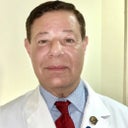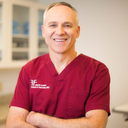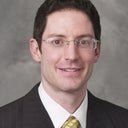Will fat grafting work to fill my tear troughs? Also what to do about loose skin under the eye?
Answers (22)
From board-certified doctors and trusted medical professionals
Dr. Vivek Bansal, MD

Dr. Vivek Bansal, MD
Board Certified Plastic Surgeon
Answer
Dr. Nelson Lee Novick, MD

Dr. Nelson Lee Novick, MD
Dermatologic Surgeon, Board Certified in Dermatology
Answer
Dr. Christopher R. Hove, MD

Dr. Christopher R. Hove, MD
Board Certified Facial Plastic Surgeon
Answer
Dr. Mark J. Lucarelli, MD

Dr. Mark J. Lucarelli, MD
Oculoplastic Surgeon, Board Certified in Ophthalmology
Answer
Dr. Eric M. Joseph, MD

Dr. Eric M. Joseph, MD
Board Certified Facial Plastic Surgeon
Answer
Dr. Frank P. Fechner, MD

Dr. Frank P. Fechner, MD
Board Certified Facial Plastic Surgeon
Answer
Dr. Kenneth D. Steinsapir, MD

Dr. Kenneth D. Steinsapir, MD
Oculoplastic Surgeon, Board Certified in Ophthalmology
Answer
Dr. Eric Swanson, MD

Dr. Eric Swanson, MD
Board Certified Plastic Surgeon
Answer
Dr. Thomas A. Lamperti, MD

Dr. Thomas A. Lamperti, MD
Board Certified Facial Plastic Surgeon
Answer
More Facial Fat Transfer Questions
See all Facial Fat Transfer Q&AWE SEND PRETTY
EMAILS
What’s trending? Who’s turning heads? Which TikTok myths need busting? We’ve got you. No fluff, no gatekeeping—just real talk. Get our free, unfiltered newsletter.